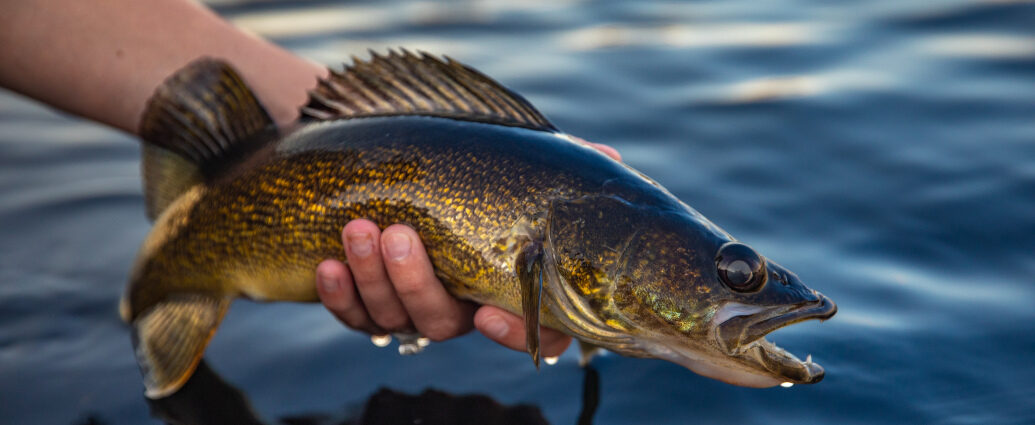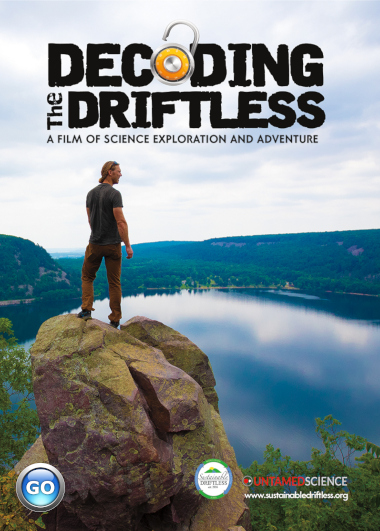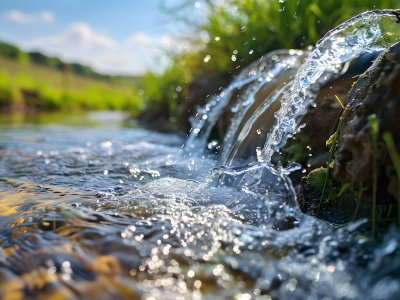Natural resource conservationists have always cared about the land and have worked hard to preserve it but also management it for human use. These good intentions were guided by the pressures of humans on the land and the availability of knowledge about the resources that include aspects of not only biology, but the physical and chemical conditions that interact with it. It is now time to take accumulated knowledge on the walleye and their habitats and apply it in a manner that addresses not only the continued success as a species, but as a resource to meet the needs of the specific habitat and human caused problems. Understanding the history of walleye … whether it is the last one hundred years, the last 15,000 years, or beyond can lead to its future successes … or failures if we do not adapt in our management.
The Walleye’s Enduring Spirit: A Legacy of Adaptability
The walleye is a very adaptive fish. In Wisconsin this is documented by inventories, and mapping of knowledge accumulated in the middle 1900’s by Becker in his Fishes of Wisconsin.
In this massive inventory of all Wisconsin fish, he created a map of the original range of the walleye in Wisconsin and described the varied habitats, life histories, and other biological characteristics of this species and others. Walleyes have been successfully introduced in not only the original waters but also in introduced waters through creation of walleye management connected to hatchery operations.
Facing the Challenge: When Good Intentions Aren’t Enough
The popularity and historical importance of the walleye has created massive spending in hatchery construction, assessment of the fisheries, private stocking and public/ private habitat restorations. Human influences for the last hundred years or so have influenced walleye habitat. The creation of dams and the development along the shores of both lakes and rivers have had negative effects on the walleye, but they have adapted …so far. The massive spending is politically driven to address these humans induced negative effects. Despite all these efforts walleye populations are declining throughout its original range. It is time to evaluate the effects of these great expenditures and management practices on the species beyond the specifics of current walleye fisheries management.
Nature’s Masterpiece: Where Walleyes Naturally Thrive
Looking at Becker’s original walleye range map there is a concentration of original walleye lakes in both Northwest and Northeast Wisconsin at the headwaters of our two major river systems, the Wisconsin and Chippewa. Both areas are also near continental divides that send water to Lake Superior. This is no coincidence as both areas are in what is known as the geologic Northern Highlands areas of Wisconsin where earlier geological events and glaciers created a landscape containing kettle lakes and associated waterways that naturally support naturally reproducing walleye lakes. Abundance of cold, clear water moving through glacier sediment in these areas has been the key to walleye evolution and the basis for their success.
A Hub of Discovery: The Lakes That Teach Us
In Vilas and Oneida counties of Wisconsin there is the highest concentration of lakes in the United States and among the highest in the world. Many of these kettle lakes, tunnel lakes, and bogs of this area are also among the most studied water habitats anywhere as the UW Trout Lake Limnology Facility and the Wisconsin DNR Escanaba Fisheries Research Facility are located here.
Navigating the Currents: The Evolution of Walleye Management
Typical of human technological endeavors, we look for improvement which nature and evolution have already perfected. In response, the Wisconsin DNR created two walleye hatcheries in these natural walleye reproducing areas to enhance their numbers and expand their natural range. Tribal hatchery facilities also have expanded to boost the walleye presence in both North Central and Northwest Wisconsin as political and legal actions volley for maintaining and expanding the historical walleye domain. State fisheries management also has tried to guide the direction of walleye preservation and opportunities with the creation of several plans over the last 30 years. Walleye management has been a winding road, one curve must be negotiated for walleye preservation and legal precedence while the next curve must be accelerated through for the economic opportunities of commerce. Walleye management has now reached a point where there is a collision of walleye populations declines and habitat loss. Our efforts, and our impact, as the famous Wisconsin conservationist Aldo Leopold stated about conservation in general in a 1940’s prediction “ When will government conservation, like the mastodon, be hampered by its own immensity.” This isn’t a political statement, as much as a colorful warning–and one that points out that we can do better.
A Call to Action: Restoring Our Waters, Together
There is an urgency for conservation fisheries personnel to work with lake and water quality people within the conservation departments and team with public fish and lake personnel to restore walleye populations and fish habitat. Management for a few single species must change for the well-being of the total fisheries AND to improve the water quality. There needs to be drastic changes in the management of our fisheries and waterways to save and restore both.
By: Rand Attkinson
About the Author: Rand Atkinson – A Lifetime of Stewardship
Rand Atkinson is a Wisconsin-based ecologist, author, and environmental advocate whose career spans over five decades. Graduating as a field biologist during the 1970s environmental movement, he immersed himself in water law, ecological assessments, and sustainable food production. Inspired by Aldo Leopold’s land ethics, Atkinson founded companies focused on evaluating and restoring aquatic systems, cultivating native plants, and sustainable fish farming. As an adjunct professor, he has shared his expertise in restoration and reclamation. Currently residing in Wisconsin’s Northwoods, Atkinson continues to observe nature and write about the intersection of humanity and the environment. His book, Revolt: Practical Ecology to Save Planet Earth for Our Children, reflects his lifelong commitment to ecological stewardship.




